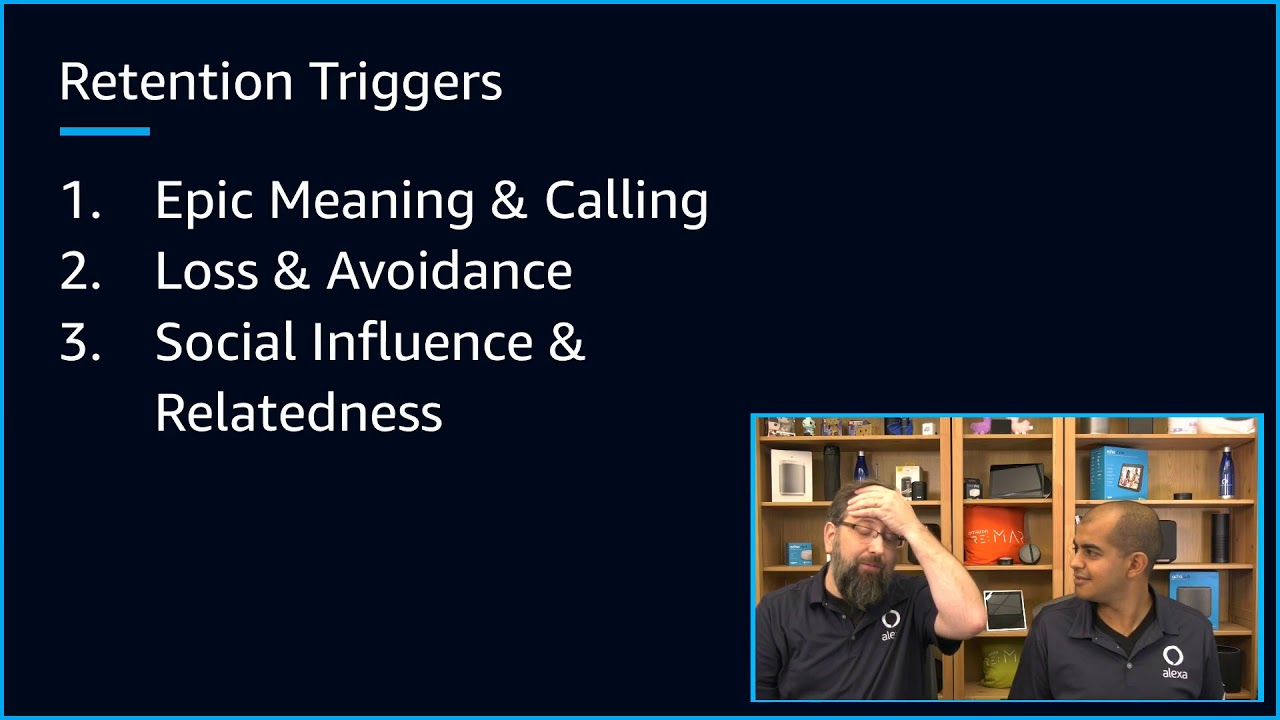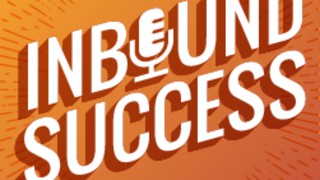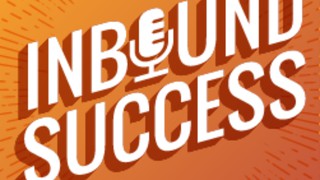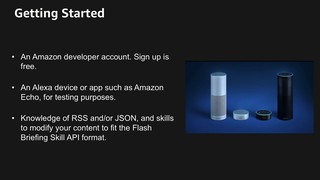207 views
Slots - Building Alexa Skills Using Ruby (Part 2 of 4)
Mar 2 , 2018
buildingskillalexapartrubyvuivoice user interfacealexa skills kitalexa skillsvoice designruby developermakers academyslotsSign up to get the latest Amazon Alexa news delivered straight to your inbox: http://bit.ly/2IBQo95
Download our guides to get started:
- Make Money with Alexa Skills: An Introduction: http://bit.ly/2KvpSzL
- 10 Things Every Voice Developer Should Do to Build for Voice: http://bit.ly/2Kvy0DS
- 6 Tips for Building Stellar Kids Skills: http://bit.ly/2N7xFWi
- How Building for Voice Differs from Building for Screen: http://bit.ly/2KgsVzX
Build with our tutorials:
- How to Build a Fact Skill: https://amzn.to/2KjsncC
- How to Build a City Guide Skill: https://amzn.to/2MzMWOE
Stay in touch:
- Like Alexa Developer on Facebook: https://www.facebook.com/AlexaDevs
- Follow us on Twitter: https://twitter.com/alexadevs
- Follow us on Instagram: https://www.instagram.com/alexadevs
- Watch our Twitch Channel: https://www.twitch.tv/amazonalexa
********************************
In this video, you will learn how to use slots to handle variable data from users. This module also uses Sinatra, Ruby's JSON library and HTTP library, and the Numbers API. You will build a fact-checking mechanism so users can ask for facts about particular numbers.
Learn more: https://developer.amazon.com/alexa-skills-kit/makers-academy/slots
Up next
- Next Prime Day: How to upsell your Alexa skill
Check out our blog for a recap of resources we cover, which you can use ...
- What is monetization for voice and Prime Day's impact
Check out our blog for a recap of resources we cover, which you can use ...
- Prime Day: How to keep repeat customers interested in your Alexa skill
Check out our blog for a recap of resources we cover, which you can use ...
- Prime Day: How to make valuable content for voice
Check out our blog for a recap of resources we cover, which you can use ...

























